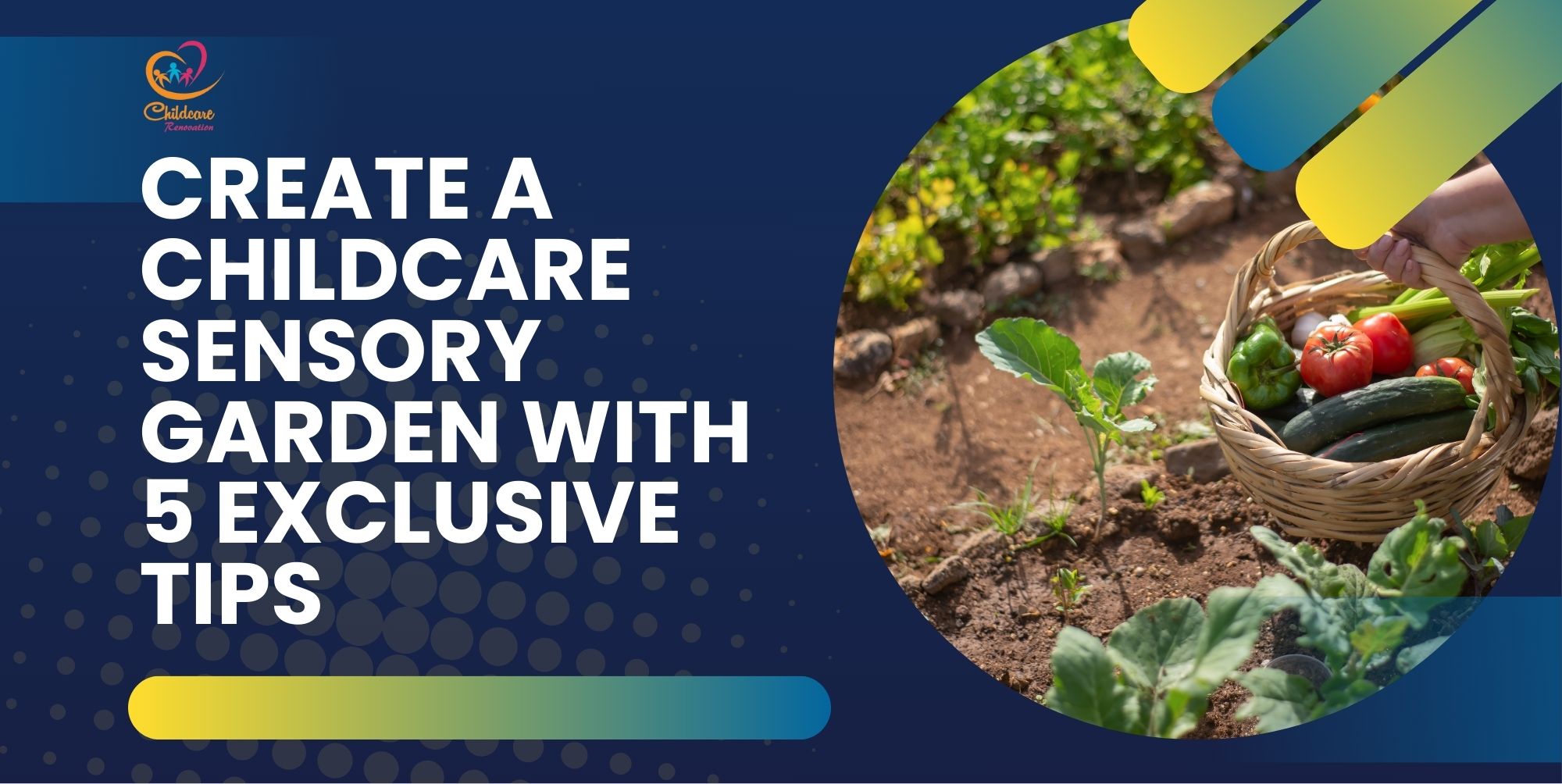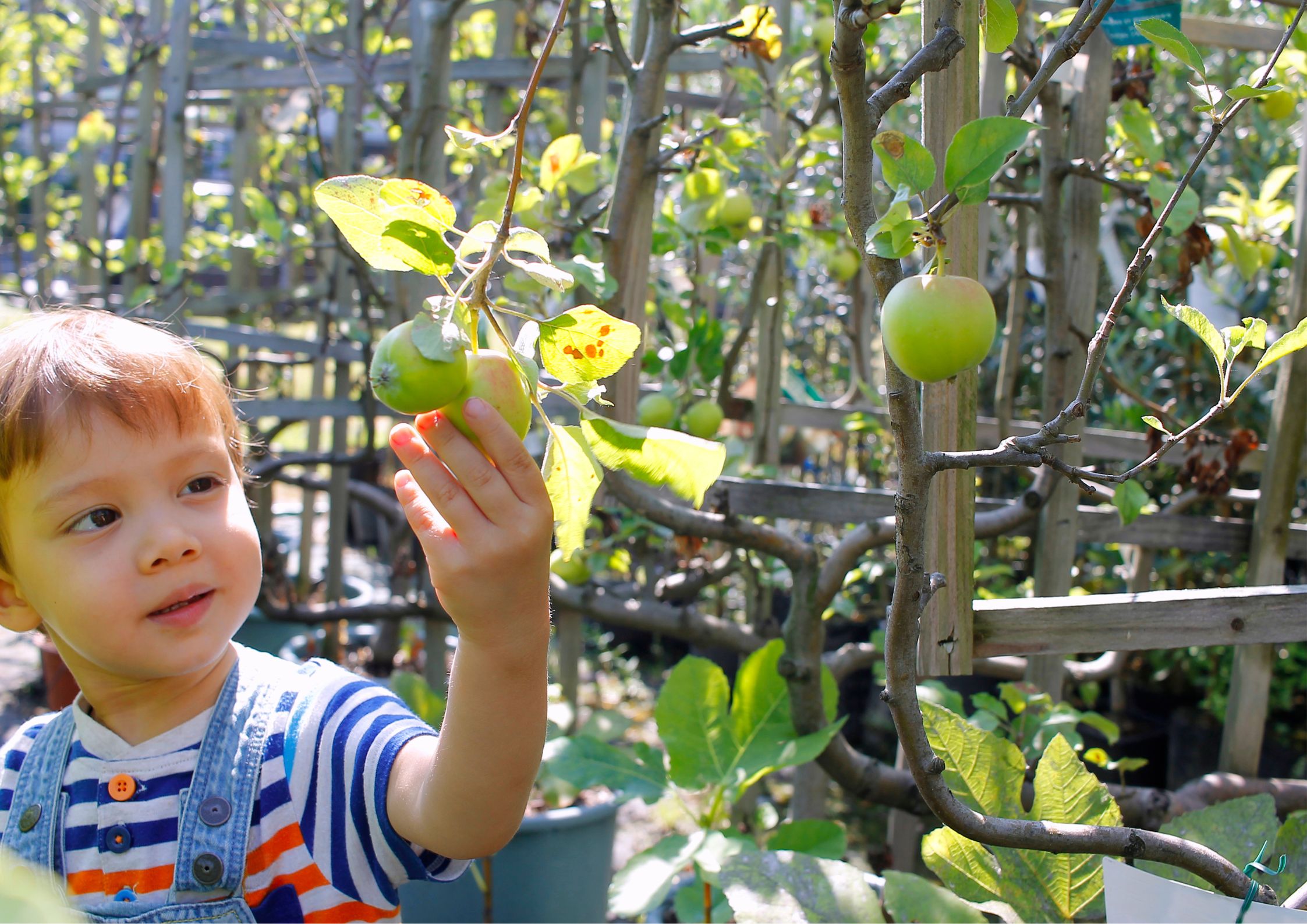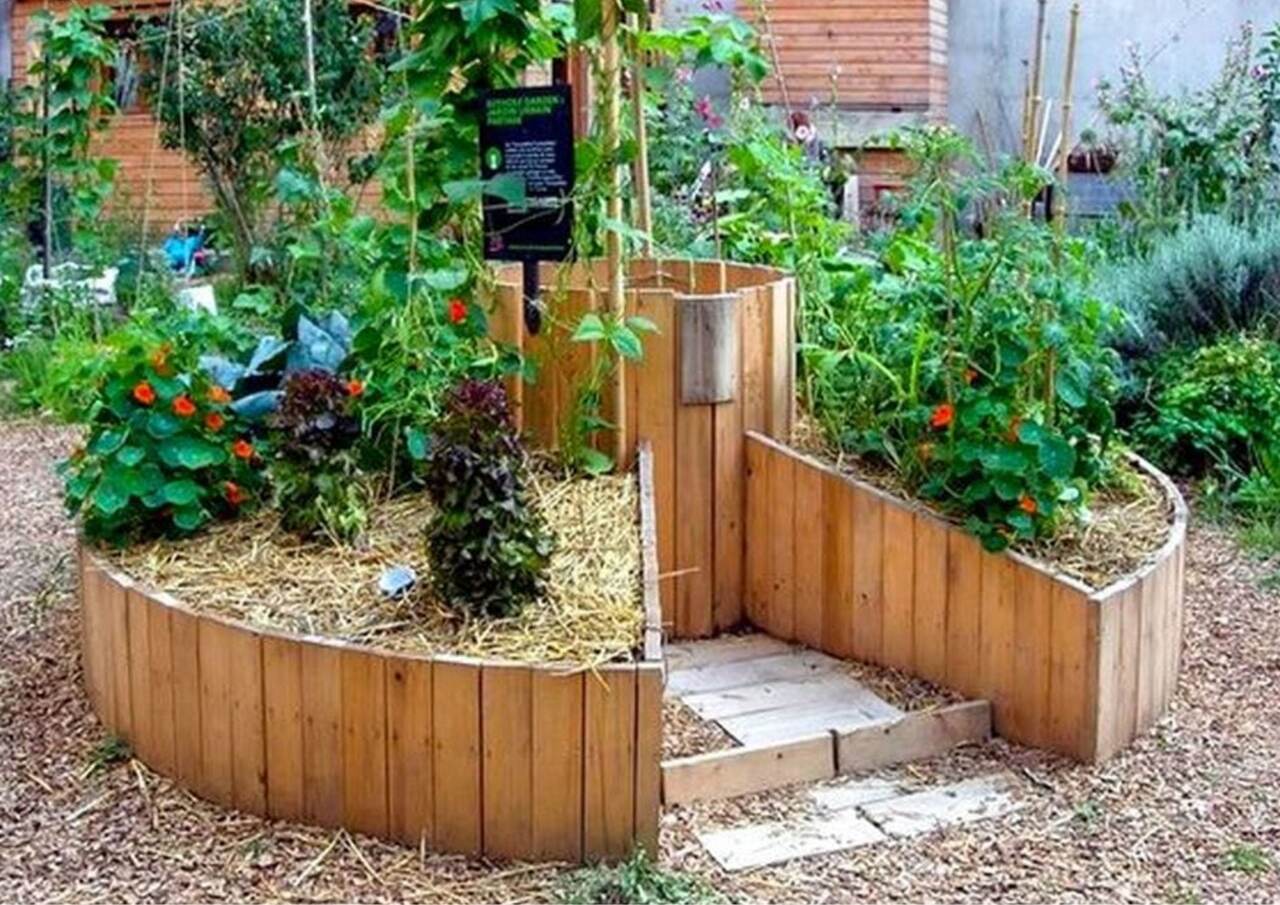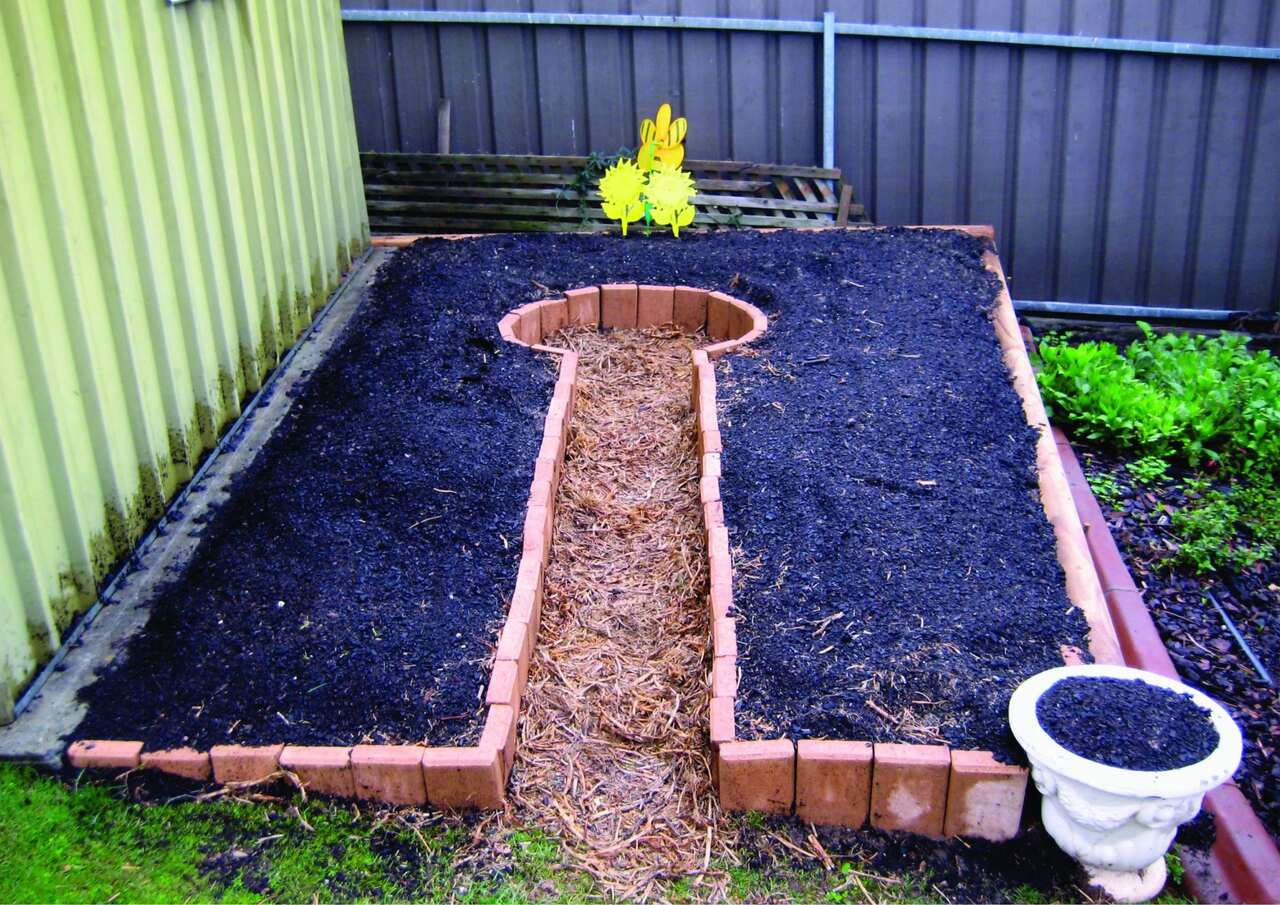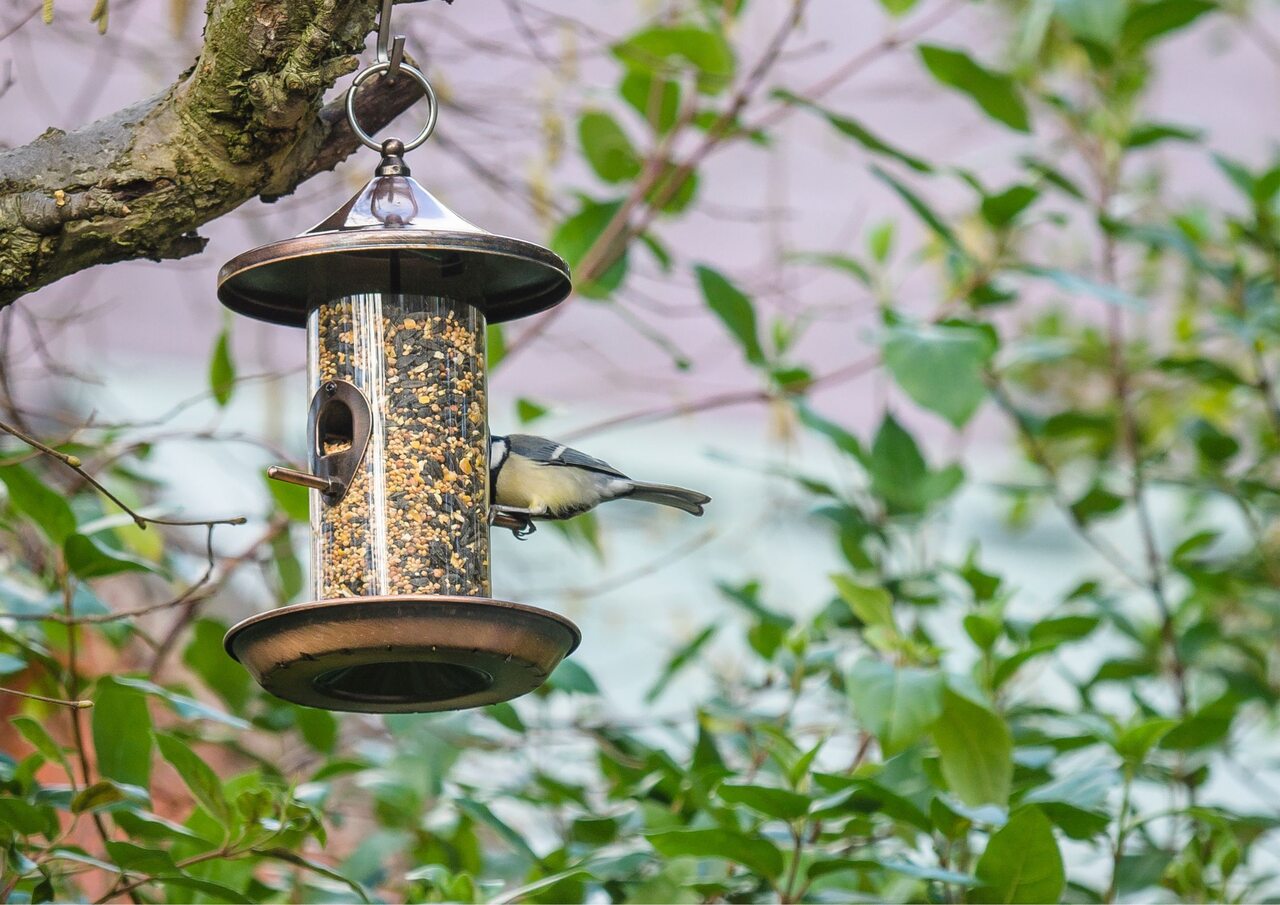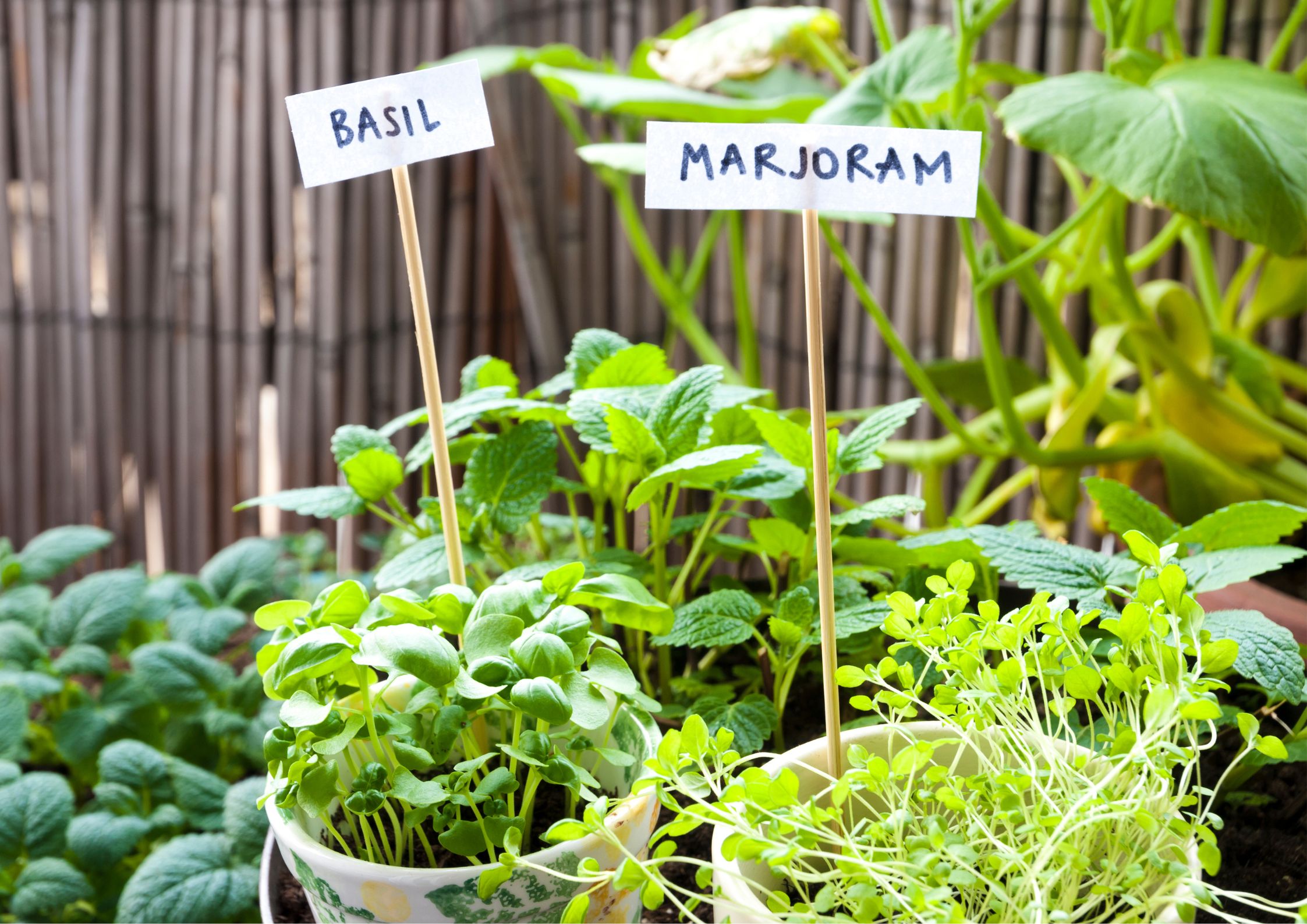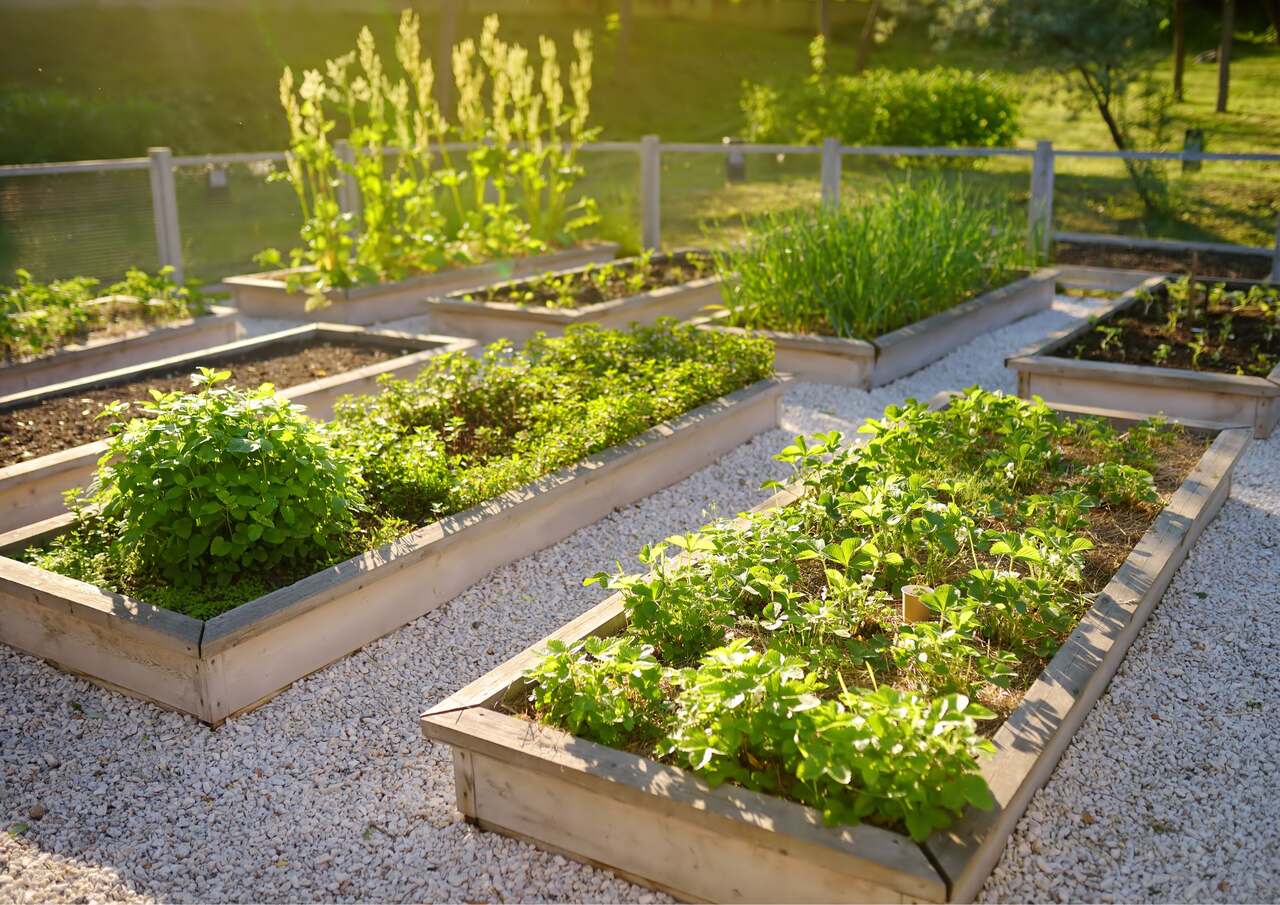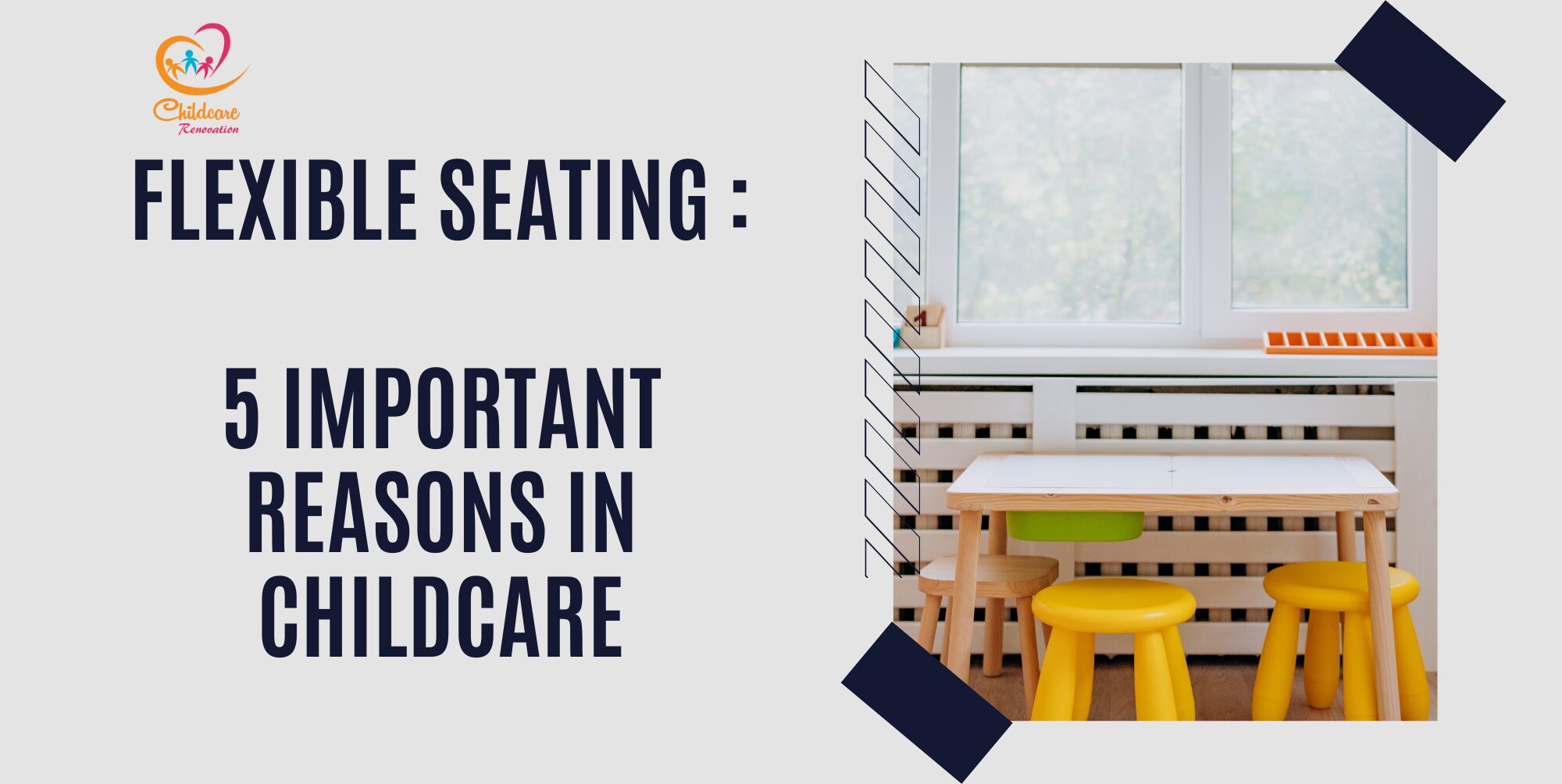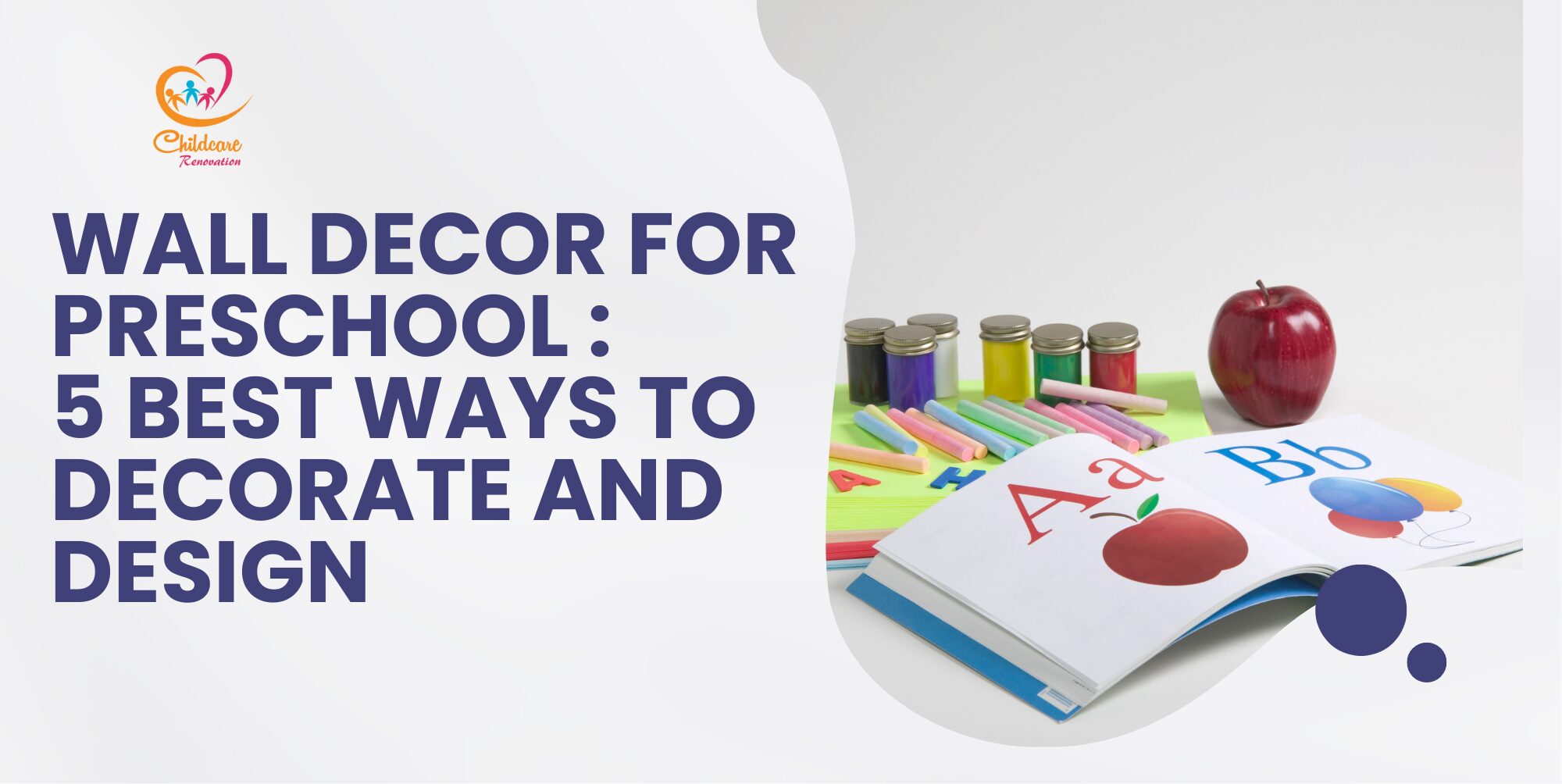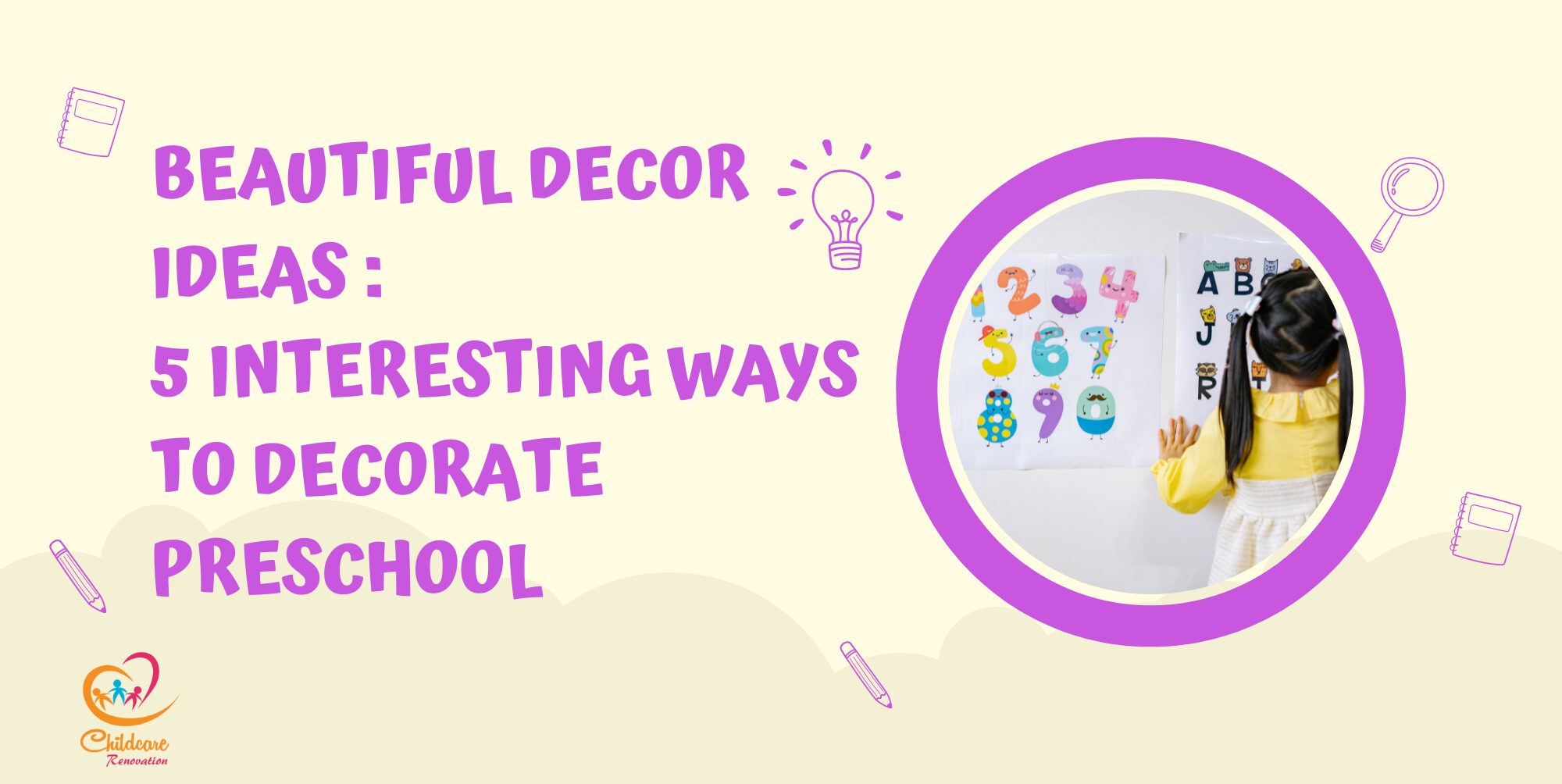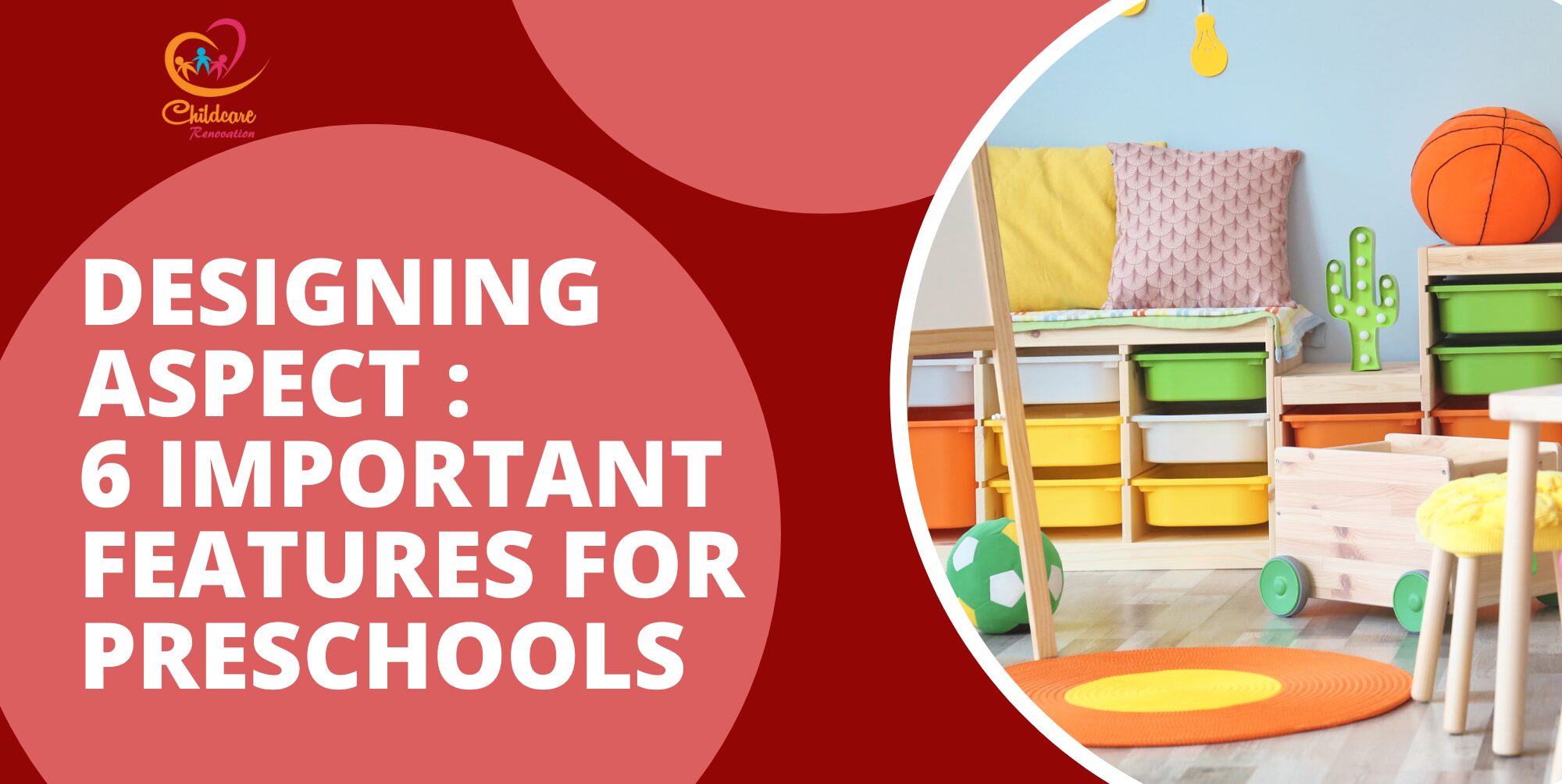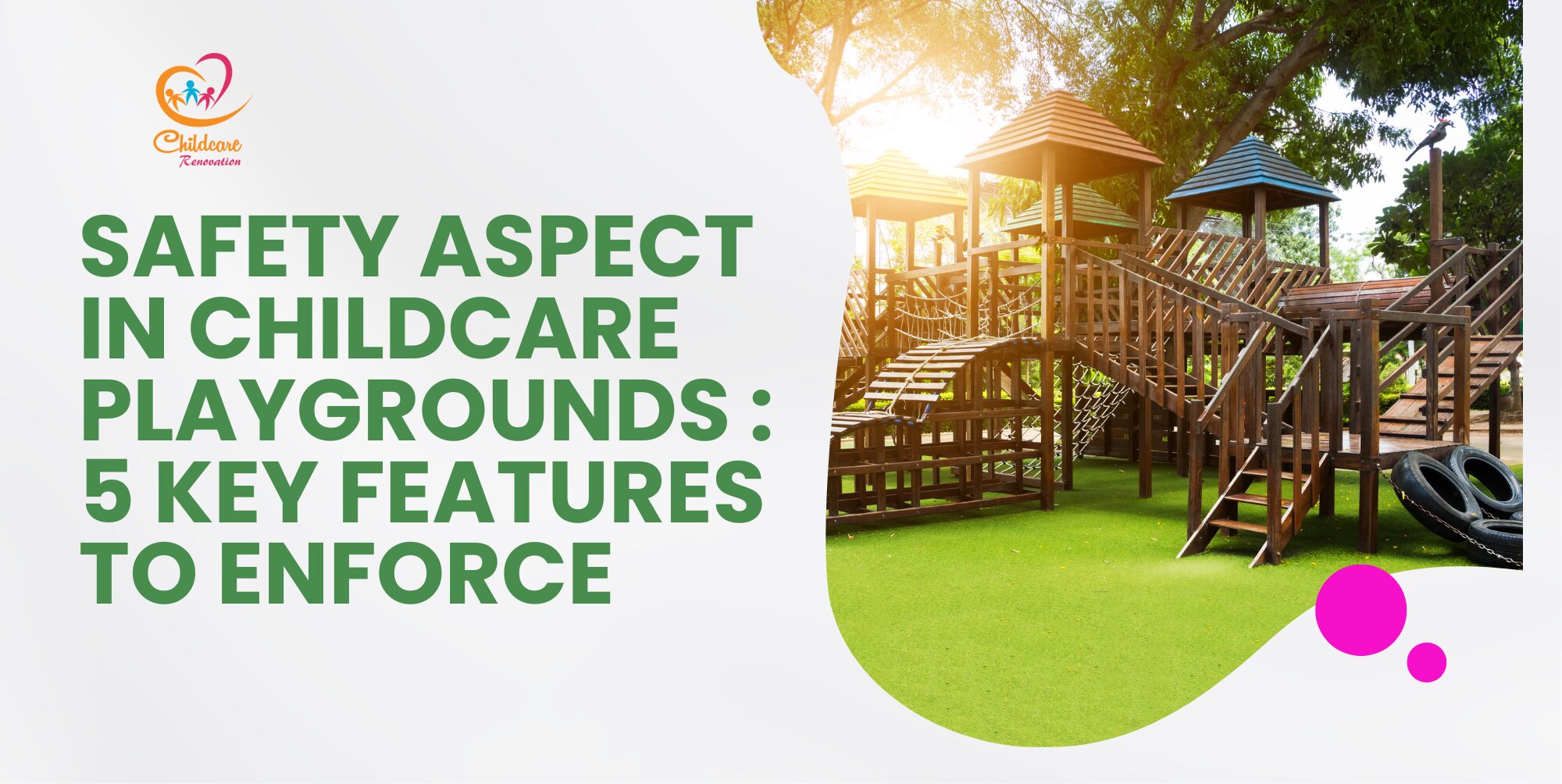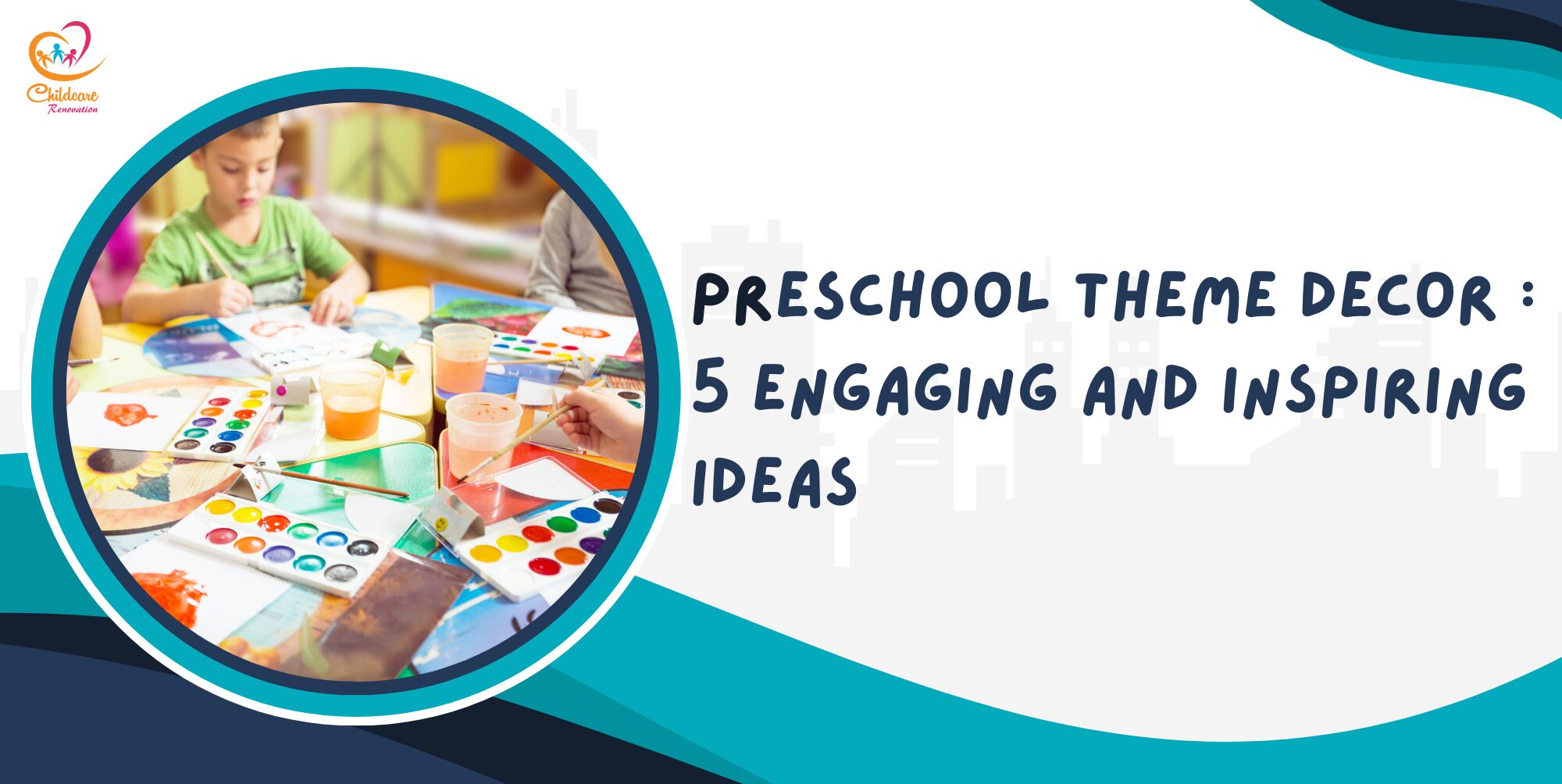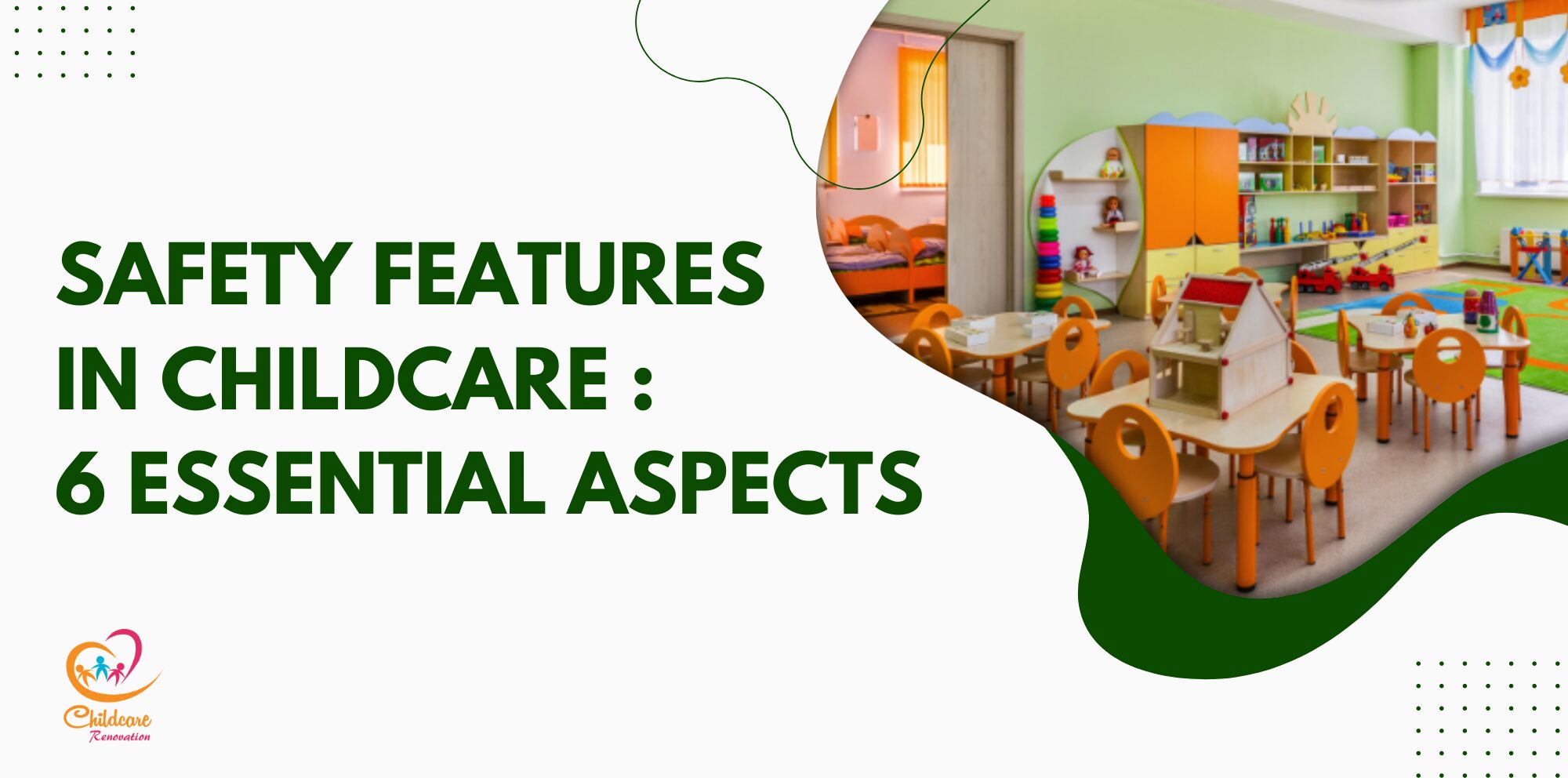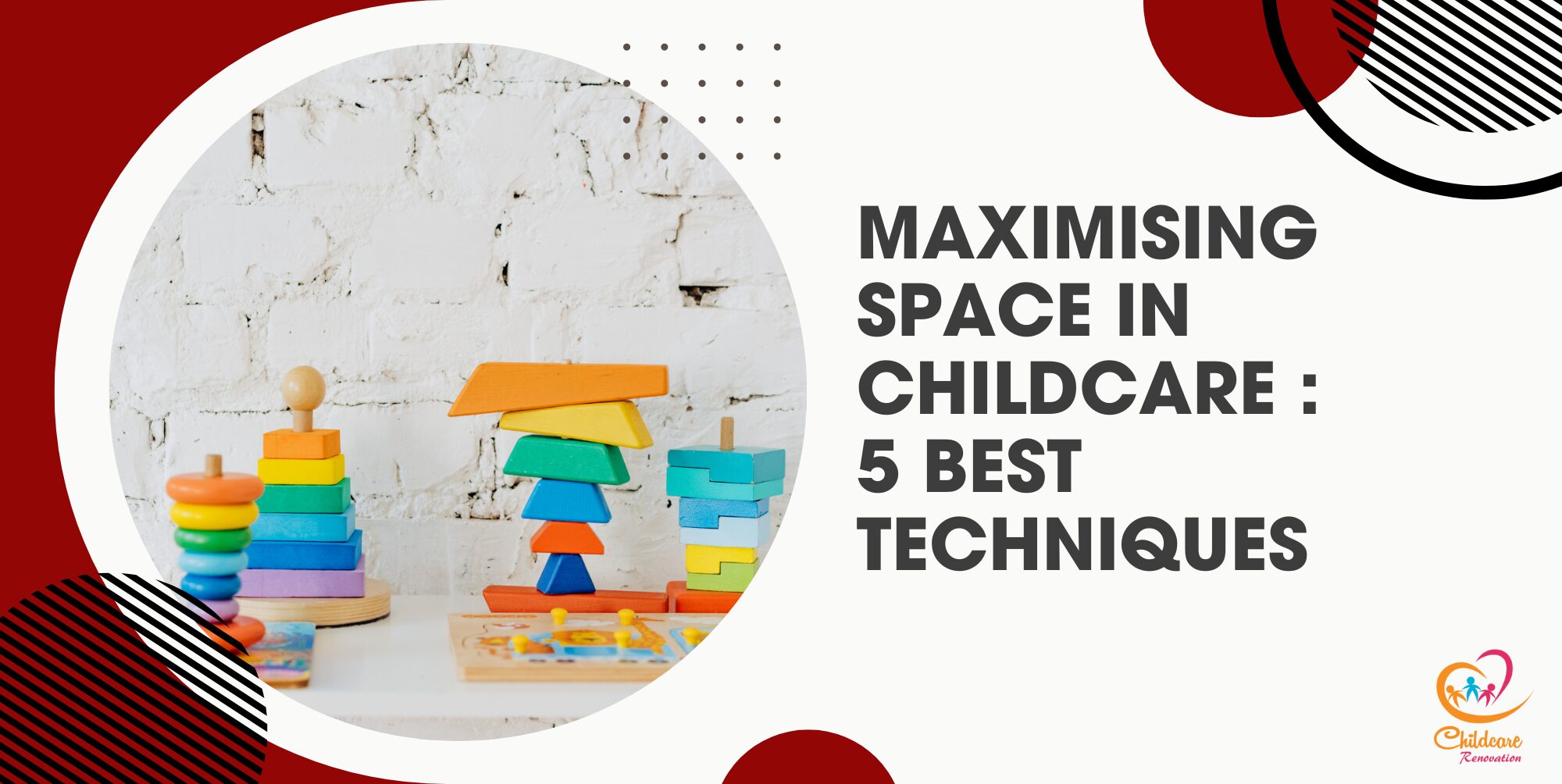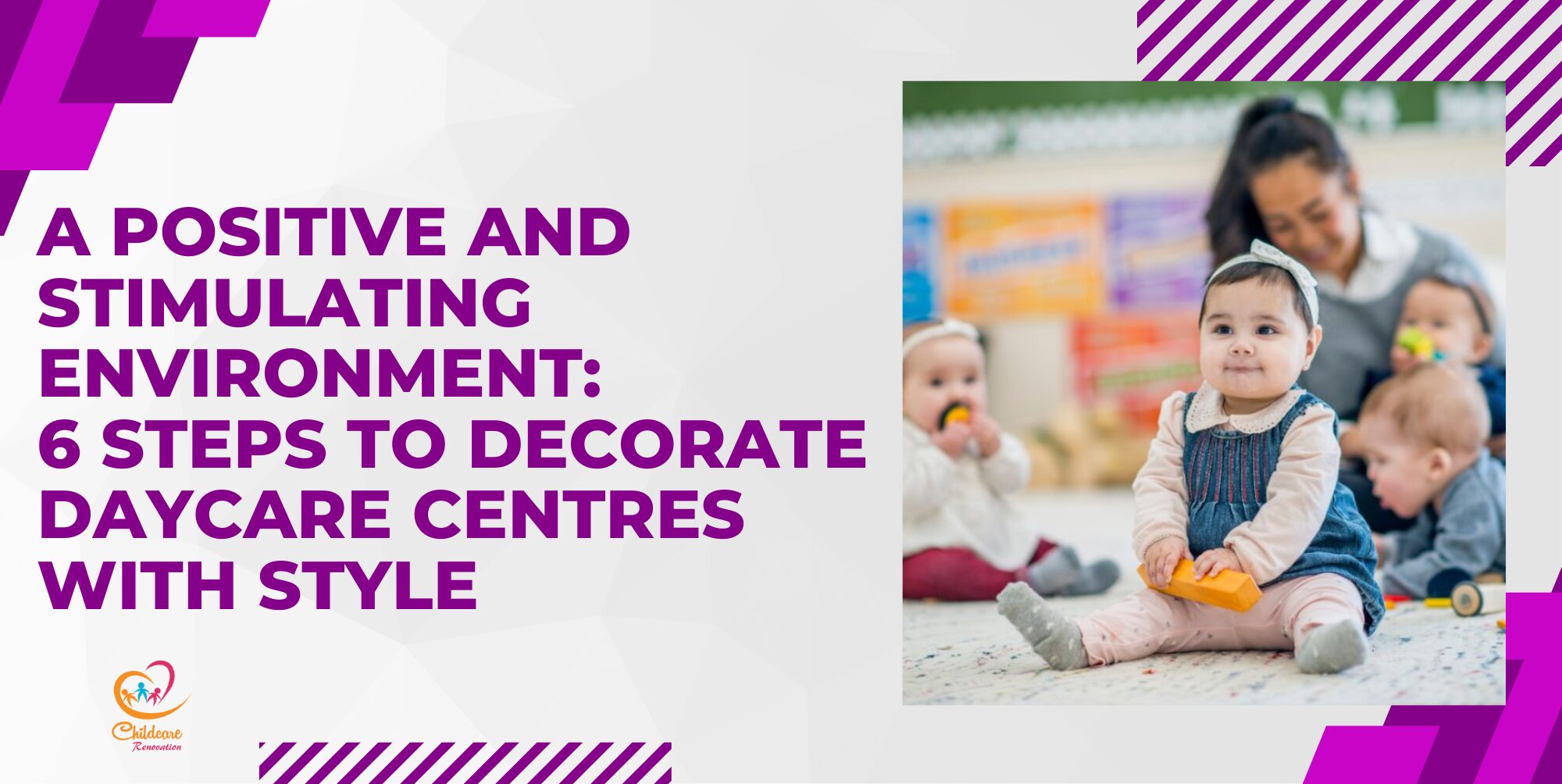Nowadays, children are often surrounded by screens and technology, which can lead to a disconnection from nature. To counteract this trend, creating a childcare sensory garden can be a fantastic way to foster a love for the outdoors, stimulate young minds, and promote physical and emotional development.
Children tend to be curious about things around them. It is best to let them explore their surroundings. A childcare sensory garden is a specially designed outdoor space that engages the five senses: sight, smell, touch, taste, and sound. It is a place where children can explore, learn, and have fun in a safe and natural environment.
There are many ways to create a sensory garden for your childcare, but you will want to create one that benefits the children. In this article, we will explore the concept of a childcare sensory garden and tips to help you create one that is educational, engaging, and fun.
The Importance Of Sensory Garden For Children
Sensory gardens play an important part in the lives of children, offering a unique and enriching experience that extends beyond the confines of traditional learning environments. It is a vibrant classroom where children can engage all their senses.
Children get to see the vivid colors of flowers, touch the various textures of plants, smell the fragrant blooms, hear the gentle rustling of leaves, and even taste edible plants. This multisensory experience fosters cognitive development as children learn to recognize and interpret sensory inputs, helping them build a strong foundation for future learning.
Sensory gardens also offer a dynamic platform for experiential learning. It can be used as an outdoor classroom, teaching children about plants, insects, and ecological systems interactively and engagingly. Hands-on learning experiences in a natural setting often leave a lasting impact on young minds.
Childcare Sensory Garden Tips #1 – Keyhole Gardens
Image Credit: The Garden
Keyhole gardens are a unique and efficient way to grow vegetables and herbs while conserving water and nutrients in a small space. These circular or keyhole-shaped raised beds are designed to maximize gardening potential, making them an excellent choice for kids.
The size of your garden can vary, but a typical keyhole garden is around 6-8 feet in diameter, making it easily accessible from all sides. Consider creating a circular layout for your keyhole garden. You can mark the perimeter using materials like rocks, bricks, or wood. The circular design allows you to reach the garden’s center easily without stepping on the planting bed, minimizing soil compaction.
Image Credit: Planet Schooling
One of the unique features of a keyhole garden is the “keyhole” entryway. Create a U-shaped notch on one side of the circular bed, resembling a keyhole. This notch serves as an entry point into the garden, allowing you to access the center without walking on the soil.
Childcare Sensory Garden Tips #2 – Selecting Plants
When creating a sensory garden for your childcare, choosing the right sensory plants is one of the most exciting aspects. These are the heart and soul of the garden, as they will engage children’s senses of sight, smell, touch, taste, and even hearing.
Opt for plants with bright, bold colors—flowers like marigolds or sunflowers. Consider planting edible plants like tomatoes. These vibrant hues are visually stimulating and can captivate young minds.
Prioritize plants that are non-toxic and safe for children. Avoid plants with thorns or spiky parts that may cause harm. Also, ensure the plants are accessible to children of all heights. It allows them to be involved. Consider using raised beds or hanging planters for those that might be out of reach.
Childcare Sensory Garden Tips #3 – Creating Interactive Features
Interactive features in a childcare sensory garden are the icing on the cake, adding a layer of engagement and excitement for children. These features encourage hands-on exploration and play, making the garden an even more enchanting space.
Consider hanging wind chimes in different areas of the garden. Children can enjoy the soothing sounds as they play and explore. Wind chimes also add a delightful auditory dimension to the space. Install a small water feature like a water wall or a bird bath. The gentle water flow can captivate children’s attention and create a serene atmosphere.
Create pathways lined with sensory materials. Use materials like smooth stones, seashells, or colorful tiles. As children walk along these paths, they will experience different textures underfoot.
By incorporating these elements, you will transform your garden into a dynamic and engaging space that leaves a lasting impression on young minds.
Childcare Sensory Garden Tips #4 – Adding Herb Garden
Adding an herb garden is a fantastic addition to your childcare sensory garden, offering children a unique sensory experience and educational opportunities.
Choose a variety of herbs with different scents and textures. Consider herbs like mint, basil, and rosemary. These herbs offer a diverse sensory experience. Designate a raised bed or section within your sensory garden for the herbs. Raised beds make accessing and interacting with the herbs easy for children.
Encourage children to touch, smell, and even taste the herbs. Show them how to rub the leaves between their fingers to release the fragrant oils and identify different scents.
Childcare Sensory Garden Tips #5 – Choose Appropriate Plant Beds
Select the right plant beds for your childcare sensory garden. It helps to create a safe and engaging environment for the young ones.
Wooden beds are a popular choice for sensory gardens. They are sturdy, easy to assemble, and provide a natural look. Ensure the wood is untreated to avoid chemicals leaching into the soil. Stone or brick beds are durable and can add a charming, rustic touch to your garden. They also retain heat, which can be beneficial in cooler climates.
Ensure the raised beds are appropriate for children to reach comfortably. The beds should be accessible to children of varying ages and abilities. The right plant beds will help engage children’s senses and make gardening an enjoyable and educational activity.
In conclusion, a childcare sensory garden is a transformative addition to any childcare center. It fosters sensory development and encourages a deeper connection with nature. Why not create a space that enriches the live of the children in your care?
Speak with The Experts
Planning to get started at your kindergarten but have no idea about it?
Childcare Center Renovation Singapore is a reliable company for renovation and interior design. They have about ten years of experience in this field and have a good reputation among customers.
Call us now to get your desired kindergarten design ideas now!

